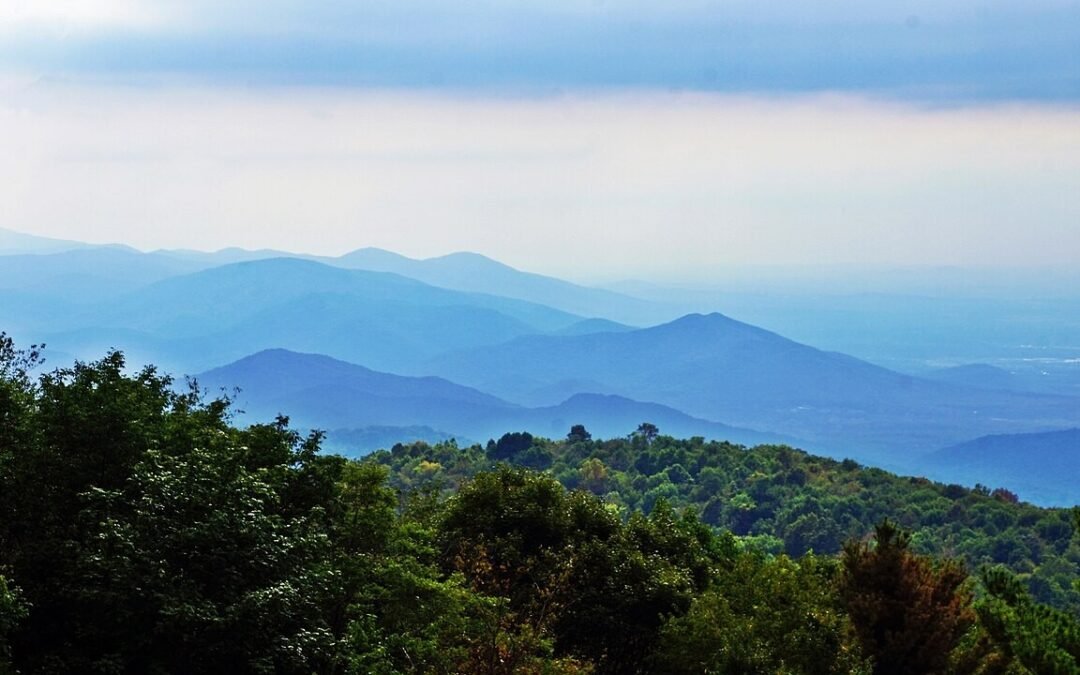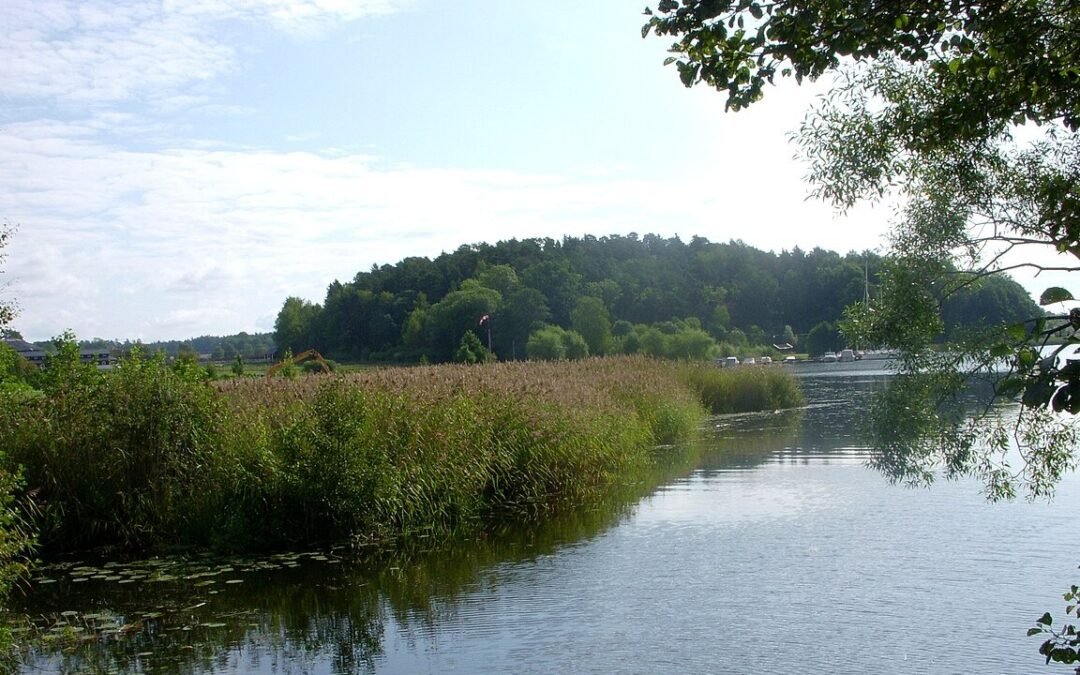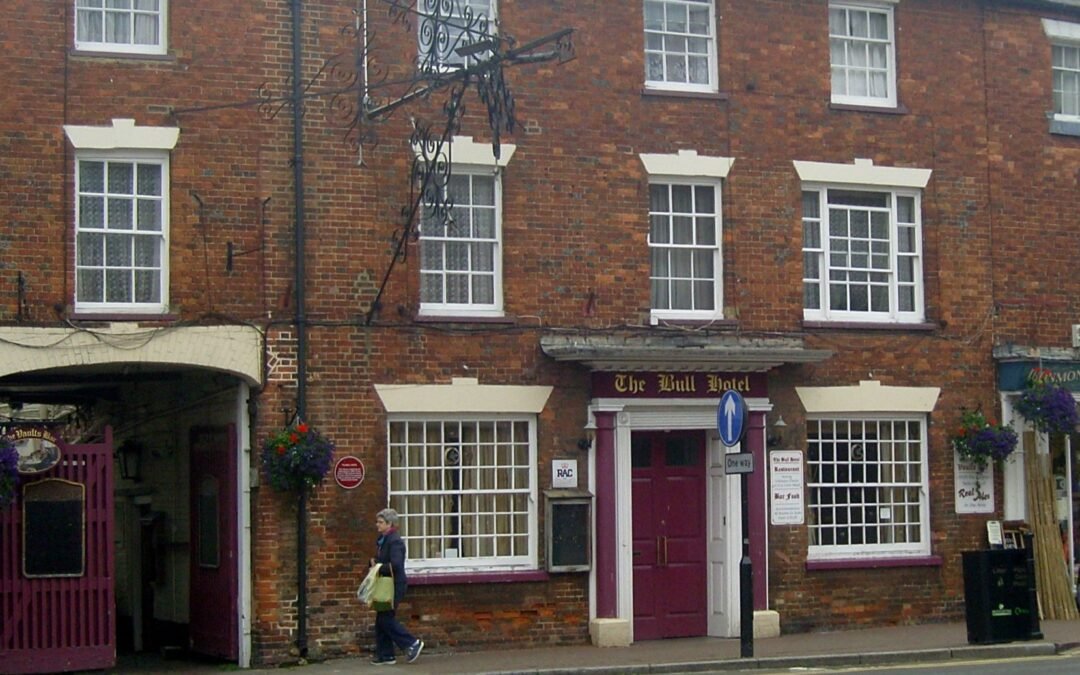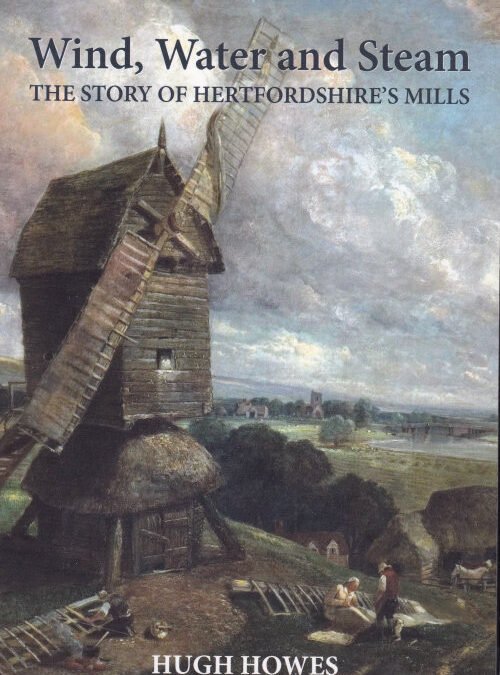Wind, Water & Steam
The Story of Hertfordshire’s Mills
by Hugh Hawes
Wind, Water and Steam is a survey of the industrial milling heritage of Hertfordshire, covering primarily the 19th and 20th centuries. It is a well-written and easy, with no compromise to scholarship, read and thus is an essential text for people studying the history of this industry.
The author covers in depth, and with extensive footnotes, these areas:
National and international developments
Technology
Expanding markets
The national and international developments include the government measures to regulate the trade in milling products such as the Corn Laws and the repeal of these laws plus commercial treaties with France.
He looks at the siting of mills on sources of power – water, wind and the adaptation of steam power and the conversion from mill stones to roller mills.
He also looks in depth at the changes in transport from rivers and canals to roads and rails for the transport of milled products and the reception of imported grain.
Finally, he brings us up to date with discussions on survival in a challenging environment and the shift of users of English corn to speciality products.
Corn mills form the bulk of the study but other milling industries are discussed, such as paper and silk mills. There is also a chapter on preservation and restoration of the milling heritage.
The book is greatly enhanced with appendices with contemporary accounts, primarily from the trade journal ‘The Miller’, of the changes in the industrial age of the 19th and 20th centuries. These accounts give us a clear understanding of the issues faced by mills in light of new technology, Parliamentary changes in international taxation policies and competition from imported corn.
Additionally, there is a comprehensive glossary explaining the different types of milling equipment and forms of mills. A gazetteer gives a very handy list of mills for the local historian.
This book does not cover the longer history of milling in the county, from the Middle Ages, but there are references to mills dating back to the late 15th century.
This is a fascinating book and an essential tool for anyone studying the technology of working mills in Hertfordshire. It also illuminates how those mills worked in other counties of the county.
I highly recommend this book.
Terry Bloxham
Hon Secretary
Details
Author: Hugh Hawes
Title: Wind, Water and Steam: the story of Hertfordshire’s Mills
Published by: Hertfordshire Publications, University of Hertfordshire Press, 2016
ISBN: 978-1-909291-73-7
OTHER PUBLICATIONS

Appalachia and the Hillbilly in the American Imagination
Date: 18th of February 2025
Time: 20:00
Venue: Zoom
Speaker: Dr Antony Harkins, Western Kentucky University, USA
The Appalachian region in the United States comprises the range of mountains stretching from north Georgia up to the state of Maine. It has been celebrated as an area of natural beauty and long-distance walks as well as a major centre of bluegrass music. However, it is also a very misunderstoodarea as evidenced by JD Vance’s Hillbilly Elegy.

Traces of the Silk Road in Northwest Europe
Date: 18th of March 2026
Time: 20:00
Venue Zoom
Speaker: Prof Susan Whitfield, University of East Anglia
We think of the Silk Roads as a luxury trade route from East Asia to markets such as Damascus in Syria. But there is much more to this story. This trade involved diplomatic, religious and other contacts between different cultures as far as Europe.

Partying like it’s 1679 in Stony Stratford, Or, Mable Graves’s Very Bad Day: Political Protest Songs in 17th century England
Date: 15thof April 2026
Time: 20:00
Venue: Zoom
Speaker: Dr Angela McShane, Hon Reader in History, University of Warwick
Partying like it’s 1679 in Stony Stratford, Or Mable Graves’s Very Bad Day. In 1679, the landlady of The Cock in Stony Stratford was visited by agents of the powerful local magnate, Sir Richard Temple of Stowe. They were investigating a seditious pop song that had created a local and national sensation – and libelled their master. Did she know anything about it? Trouble was … Mabel did know … a lot. Come and hear the story of that sensational song, the era’s huge pop song trade in general, and find out what happened next for Mabel and her family.

City Culture





